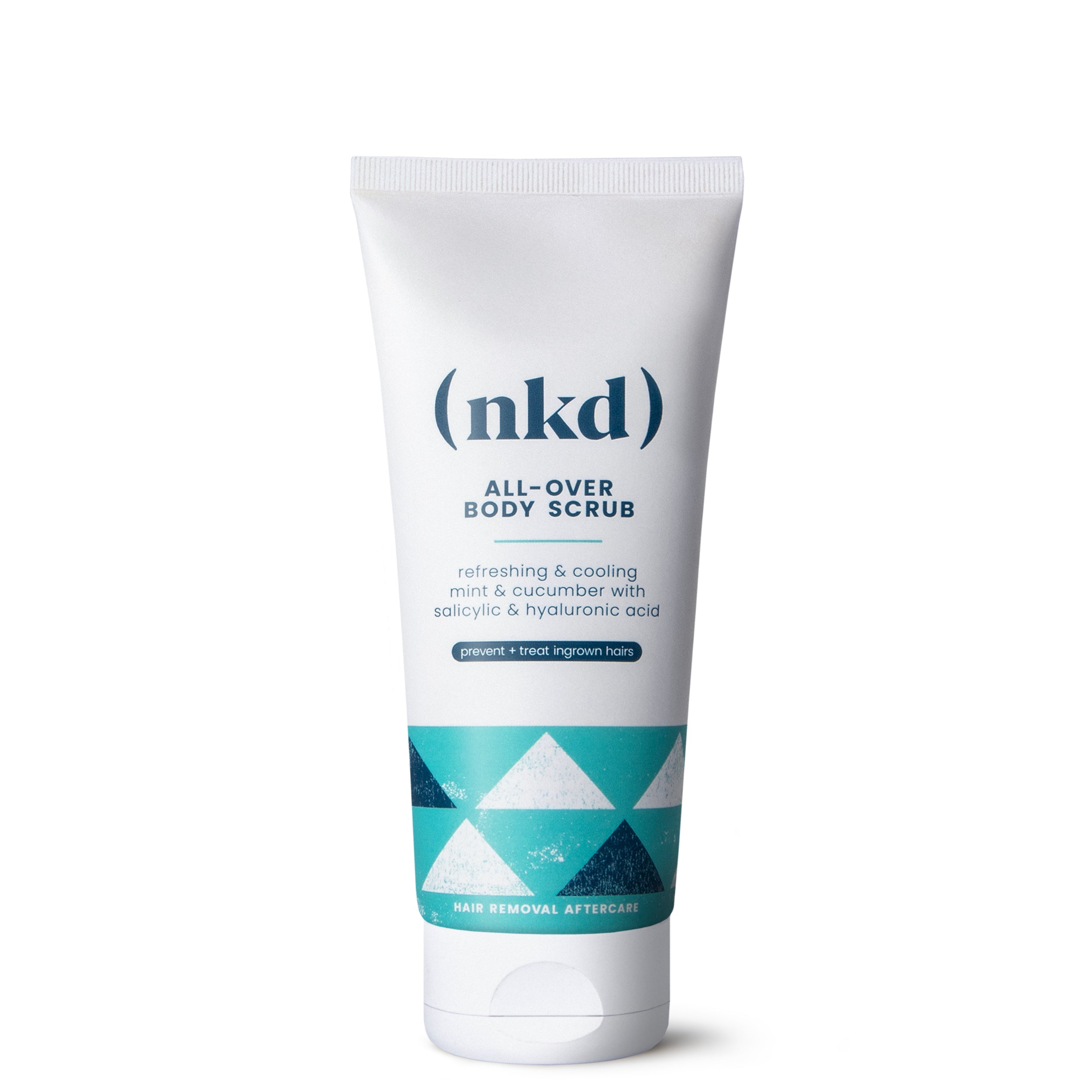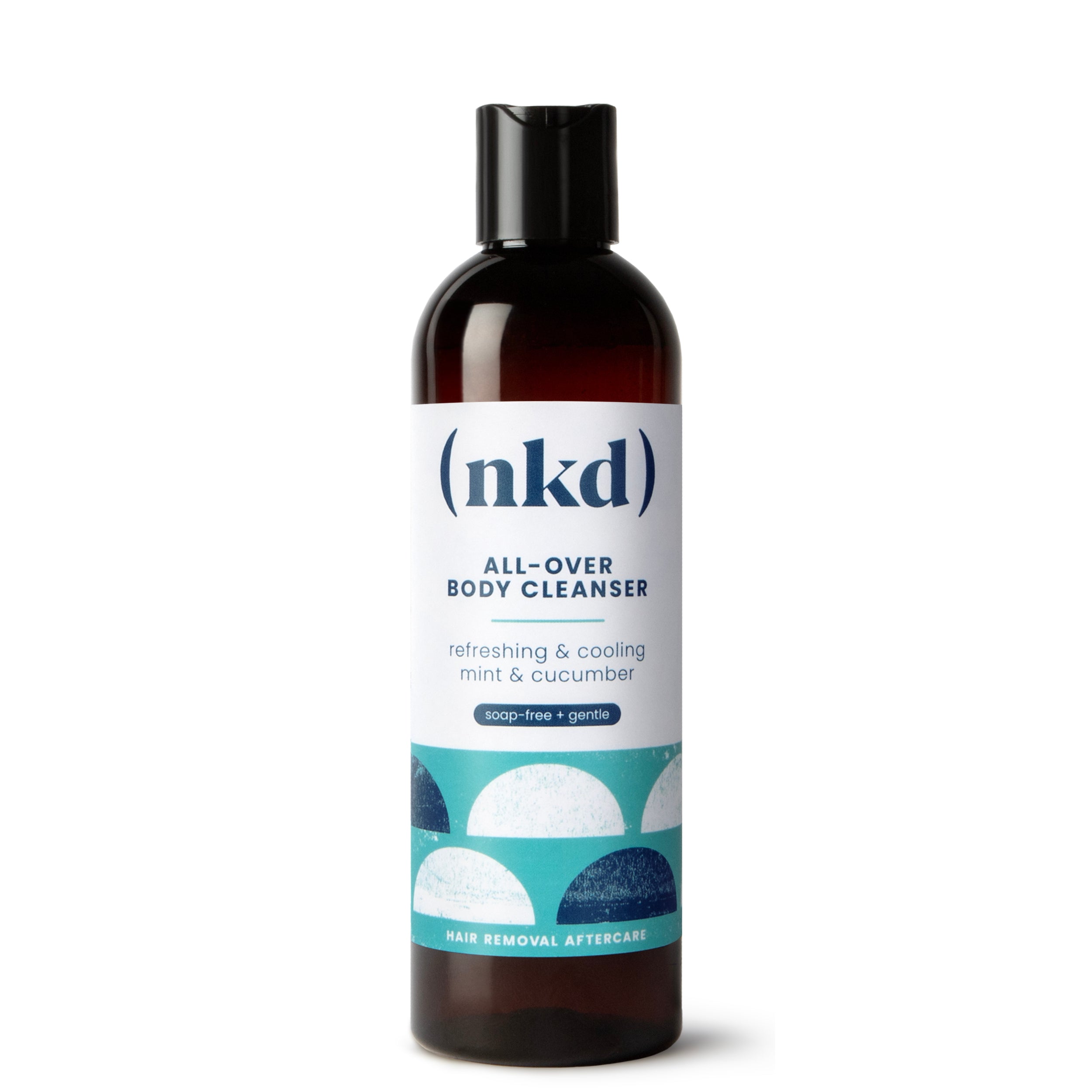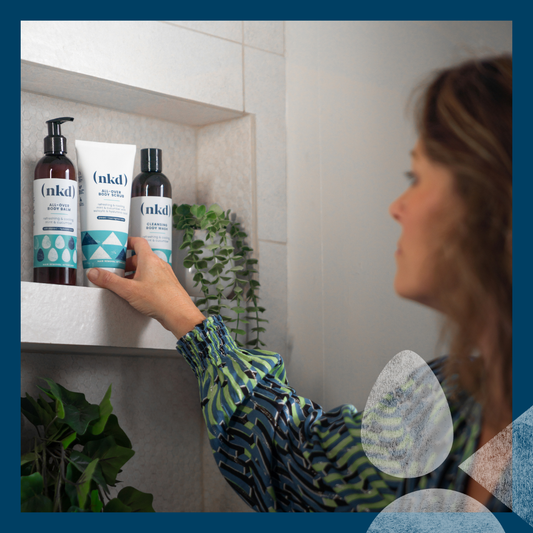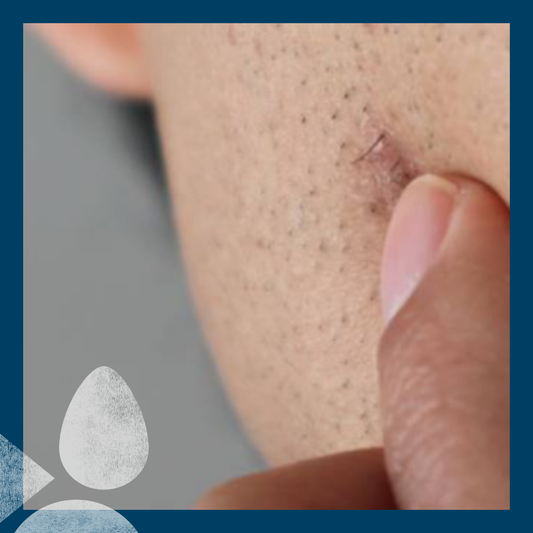Laser hair removal is a popular way to achieve smooth, hair-free skin. It’s an effective and long-lasting solution that leaves you with less hassle than traditional shaving or waxing. But to get the best results and ensure a smooth recovery, aftercare is essential. In this guide, I’ll walk you through everything you need to know about laser hair removal aftercare, including the best things to do and avoid.
What is Laser Hair Removal?
Laser hair removal uses light to target hair follicles and stop hair from growing. It’s a versatile treatment that can be done on various parts of the body, like the face, underarms, bikini line, and legs. To get the best results, you’ll usually need about 6-12 treatments, spaced 4-8 weeks apart. But once those sessions are done, you’ll enjoy long-term hair reduction with less effort on your part.
Why Aftercare is So Important
Aftercare is key to making sure your treatment works and your skin heals well. Here’s why it matters:
Minimise Discomfort: After the treatment, you might experience some redness, swelling, or a mild burning sensation. Proper aftercare can help reduce these effects and make your recovery easier.
Prevent Infections: The treated area is more sensitive right after the procedure, which makes it more prone to infections. Following aftercare instructions helps keep the area clean and protected.
Maximise Results: Caring for your skin after the procedure ensures that the treatment is effective and helps your skin heal properly. It also helps extend the results of your treatment.
What to Expect After Laser Hair Removal
Right after your session, you might notice some redness or swelling in the treated area. This is completely normal and usually fades within a few hours or a couple of days. Over the next 1-3 weeks, you’ll notice the treated hairs starting to shed. Don’t worry, this isn’t new hair growing back—it's simply the hairs falling out as part of the process. Your skin might also feel a little sensitive for a few days, but this usually fades away as your skin heals.
What to Do After Laser Hair Removal: The Dos
To help your skin recover and get the best results from your treatment, follow these simple steps:
-
Keep the Area Clean
Gently wash the treated area with a mild, fragrance-free soap and lukewarm water. Avoid hot water, as it can irritate the skin.
For the first 24 hours, steer clear of harsh scrubs or exfoliating products that could aggravate your skin.
-
Moisturise Regularly
Hydrating your skin is key. Use a gentle, hypoallergenic moisturiser to keep your skin soft and reduce any discomfort.
Aloe vera gel or a moisturiser with hyaluronic acid can work wonders to speed up the healing process and keep your skin comfortable.
-
Sun Protection is a Must
Your skin will be more sensitive to the sun after treatment, so be sure to use sunscreen with SPF 30 or higher.
Try to avoid direct sunlight for at least two weeks. This will prevent pigmentation problems or sunburn on the treated area.
-
Shaving After Treatment
Shaving is safe 2-3 days after treatment and can help prevent irritation or ingrown hairs. Just be sure to use a clean razor to avoid causing any irritation.
But avoid waxing, tweezing, or plucking the treated area, as these methods can interfere with the treatment's effectiveness.
-
Keep Your Skincare Routine Simple
Stick to gentle, fragrance-free products in the days following your treatment. Avoid using strong ingredients like retinol or acids that could irritate your skin.
What to Avoid After Laser Hair Removal: The Don’ts
There are also a few things you should avoid to ensure the best results:
-
Avoid Makeup (for Facial Treatments)
If you’ve had your face treated, skip makeup for at least 24 hours. Makeup can clog your pores and irritate the skin.
-
No Deodorant (for Underarms)
For at least 24 hours after treatment, don’t use deodorants or antiperspirants on the treated area. These products can contain chemicals that may irritate the skin.
-
Stay Away from Harsh Skincare Products
Avoid using products with strong ingredients like vitamin C, retinol, or exfoliating acids for at least 48 hours. These can irritate your sensitive skin and slow down the healing process.
-
No Hot Showers or Strenuous Activities
Avoid hot showers, saunas, or any intense physical activity (like heavy exercise) for at least 48 hours. Sweating or heat can aggravate the skin and interfere with healing.
-
Skip Hair Removal Methods Like Waxing and Plucking
Waxing or plucking can disturb the hair follicles that were targeted by the laser. Let the hair naturally shed on its own as part of the process.
How Long Does It Take for Hair to Fall Out After Laser Hair Removal?
After your treatment, the hair typically starts to shed within 1-3 weeks. This process can take a little longer for some people, but the key is to let the hair fall out naturally. Don’t worry if you still notice a few hairs left after this period—just give it time, and they’ll shed as the treated follicles are disabled.
By following these aftercare tips, you’ll help your skin heal faster and enjoy the smooth, hair-free results of laser hair removal for much longer. Just be sure to stay patient and take care of your skin, and you'll see the benefits of your treatment soon enough!









